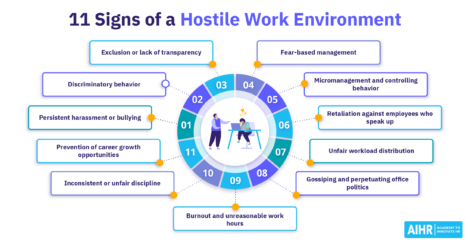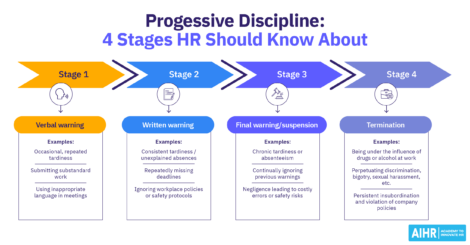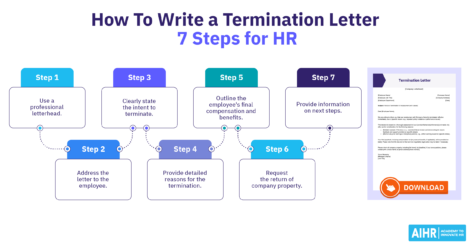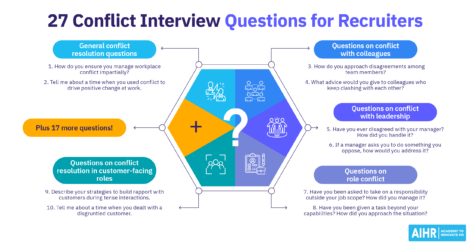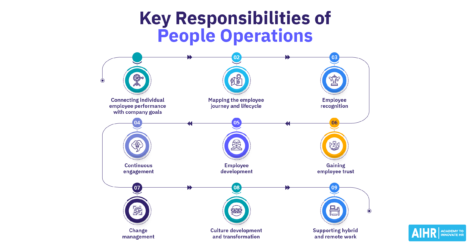60 Employee Feedback Survey Questions To Ask (in 2025)
Companies with great feedback mechanisms see a 12.5% increase in productivity because employees who feel valued are less likely to resign. Use employee feedback surveys to make your organization’s workforce feel heard and implement positive change.

Employee feedback surveys can help companies evaluate employee satisfaction, identify improvement areas, and increase employee engagement.
Only 25% of workers believe their company takes action based on the feedback they give via surveys, but engaged employees are 3.4 times less likely than disengaged employees to say they are searching for and applying for jobs. This highlights the importance of taking these surveys seriously and acting on employee feedback. This article discusses how to create an employee feedback survey, provides a list of questions you can include, and includes real-life company examples of successful employee feedback practices.
Contents
What is an employee feedback survey?
60 questions to include in employee feedback surveys
How to write an employee feedback survey
6 tips on analyzing employee survey results
5 real-life employee feedback survey examples
What is an employee feedback survey?
An employee feedback survey contains questions about employees’ satisfaction with different aspects of their jobs, like their work environment, company culture, professional development opportunities, and relationships with colleagues and managers.
Analyzing these survey results helps HR identify areas for improvement so they can create a more positive and productive work environment. Here’s how:
- Collect measurable, quantifiable data: You can use survey statistics to evaluate various metrics (e.g., employee satisfaction/employee engagement) and benchmark them against previous quarters and top competitors. You can track trends and use quantitative data to inform and justify business decisions and resource allocation based on employee needs.
- Develop and implement actionable improvement plans: Employee surveys help you analyze critical metrics and indices needed to develop business strategies. HR and management can then brainstorm solutions, develop action plans, and measure their effectiveness through follow-up surveys.
- Increase employee engagement, participation, and retention: Taking employee feedback seriously makes them feel heard and valued. This results in greater employee engagement, participation, and retention.
- Ensure leadership accountability: When management acts on employee feedback, it demonstrates accountability and shows that employers value their employees’ opinions. By addressing employee concerns, management fosters trust, making employees feel their voices are heard and respected.
According to an ADP study, workers’ expectations for change and adaptability extend to employee feedback. Employee listening is a rising trend, with companies deploying survey tools and other real-time listening posts to quickly respond to and address feedback.
60 questions to include in employee feedback surveys
Employee pulse survey questions
- On a scale of 1-5 (with 5 being very satisfied), how satisfied are you with your current role?
- On a scale of 1-5, how well-equipped do you feel to succeed at your job with the resources and tools the company provides?
- On a scale of 1-5, how satisfied are you with the frequency and clarity of communication regarding company updates and changes?
- On a scale of 1-5, how comfortable are you providing feedback to your manager?
- On a scale of 1-5, how satisfied are you with the company’s career development opportunities?
- On a scale of 1-5, how strong is your sense of belonging on your team?
- On a scale of 1-5, how well can you maintain a healthy work-life balance as an employee of the company?
- On a scale of 1-5, how confident are you in the company’s leadership and decision-making?
HR tip
Limit your employee pulse surveys to 10 or 15 questions, as people generally don’t complete long surveys. UC Riverside also found that surveys with too many similar questions exhaust respondents and produce inaccurate results.
Employee satisfaction survey questions
- Are your job responsibilities clearly defined?
- How often are you expected to assume responsibilities outside your job scope?
- Do you feel your managers take your feedback seriously?
- How satisfied are you with the compensation and benefits offered by the company?
- On a scale of 1-5, how meaningful and impactful do you find your work?
- Do you feel the company culture aligns with your personal values?
- Are you confident in the company’s future direction and success?
- Do you feel you have opportunities to provide input on decisions that affect your work?
HR tip
Explain the benefits of participating in the survey and help employees understand how their participation can lead to greater job satisfaction for them. Be transparent about how you will use the survey results and what changes they can expect from completing the feedback form for employees.
Free employee satisfaction survey template
We provide a free employee satisfaction survey template to jumpstart your employee feedback efforts. It covers a wide range of topics relevant to employee satisfaction, and you can easily customize it to suit your organization’s priorities.
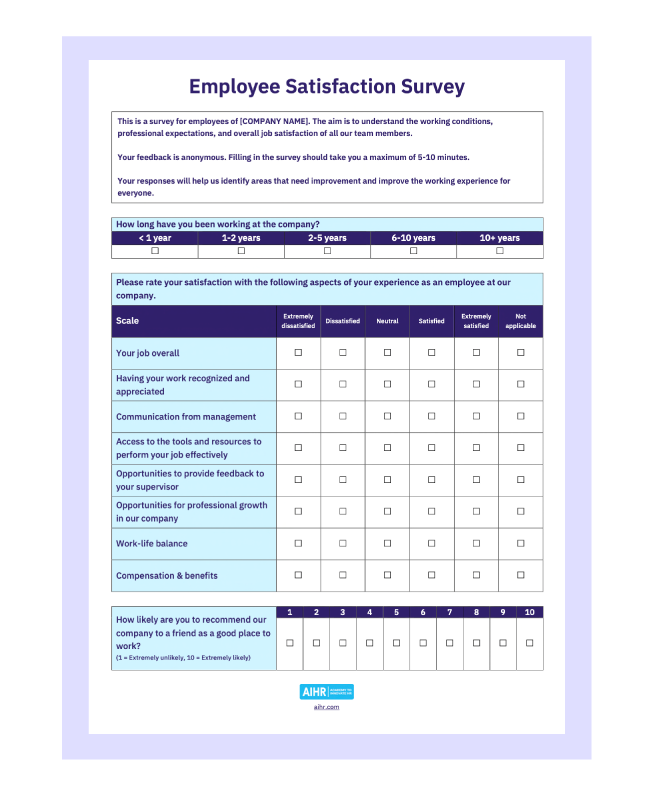
Employee engagement survey questions
- Do you feel motivated to perform to the best of your abilities?
- Would you recommend our company to your friends looking for new job opportunities?
- Are you happy with the incentives, recognition, and rewards you receive for your contributions at work?
- How passionate do you feel about the work you do?
- How often are you challenged and stimulated by your work?
- How well-aligned are your individual goals with the overall goals of the company?
- Do you clearly understand how your work contributes to the company’s success?
HR tip
Did you know surveys sent on Mondays receive 13% more responses on average compared to surveys sent on Tuesdays and Fridays? This is because people are usually not overwhelmed with work yet and are likelier to have time to complete a survey.
Employee experience survey questions
- Which company initiative/program has benefited you the most?
- Which company initiative/program do you think needs improvement?
- What types of initiatives/programs would you like to see implemented?
- Does your current role provide opportunities to develop the skills and experience you need?
- How clearly do you understand the company’s mission and vision?
- How would you describe the overall company culture?
- Think about a recent positive experience you had at work. What made it positive?
- On a scale of 1-5, how effectively does the company respond to employee feedback and concerns?
HR tip
Encourage more employees to participate by informing them that all responses will be anonymous. Leave out demographic details like name, department, age, gender, race, etc. Anonymity also results in respondents being more honest and confident in their responses, giving you more accurate information to work with.
Free employee experience survey template
We provide a free employee experience survey template you can incorporate into your employee feedback efforts. It covers various topics related to employee experience, and you can easily tailor it to fit your company’s priorities.
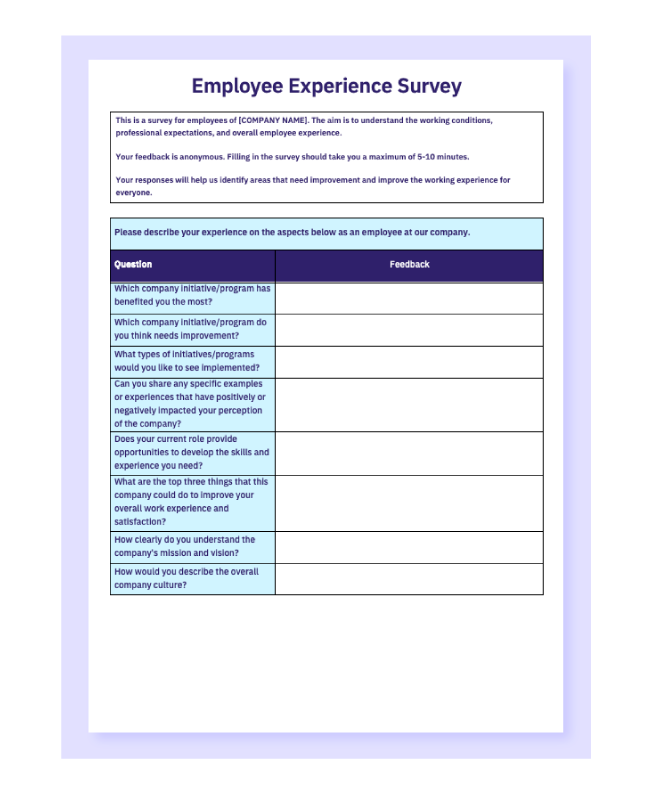
Employee happiness survey questions
- How happy are you with your current role and responsibilities?
- Do you feel comfortable and safe in your work environment?
- Are you satisfied with the communication between you and your direct manager?
- Do you feel supported by the company in managing your personal and professional commitments?
- How happy are you with your current salary and compensation package?
- Do you feel recognized for your contributions at work?
- Are you satisfied with the leadership provided by senior management?
HR tip
Take action based on survey results by reviewing and analyzing them, then propose solutions based on survey data. Prioritize concerns you can quickly address to show employees you take their feedback seriously, especially when the survey is still fresh in their minds.
Employee culture survey questions
- Which aspects of the company culture do you find most positive?
- Which aspects of the company culture do you find most negative?
- Does the company culture encourage new ideas, innovation, and experimentation?
- How well-informed are you on company decisions, goals, and updates?
- Describe how effectively your team collaborates and supports each other in achieving goals.
- Does the company prioritize a healthy work-life balance for its employees?
- How well does the company culture align with your values and working style?
- How well does the company support continuous learning and professional growth?
HR tip
Work closely with managers and team leaders and hold them accountable for their team’s participation in the survey. Include response rate goals to encourage their active participation in completing employee feedback forms and surveys.
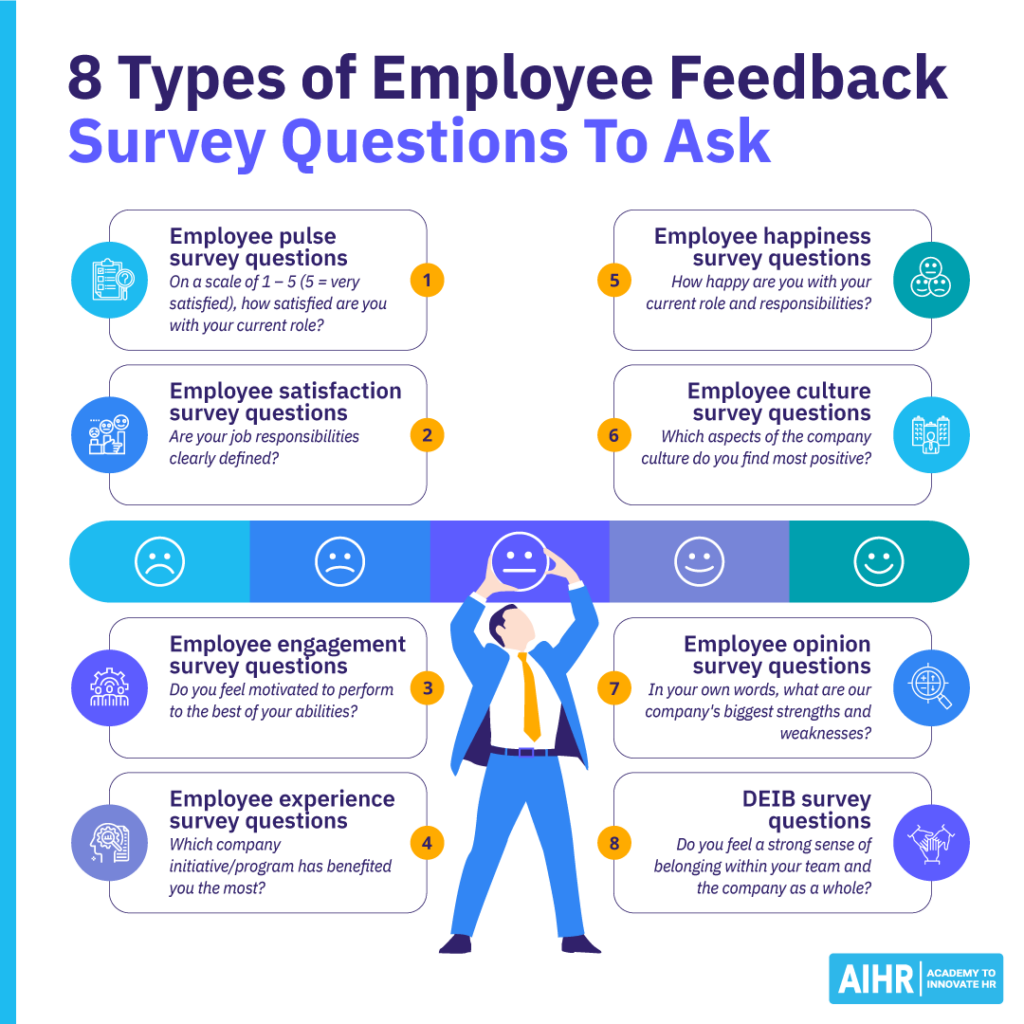
Employee opinion survey questions
- In your own words, what are our company’s biggest strengths and weaknesses?
- Do you receive regular, constructive feedback on your performance and recognition for your achievements?
- Do you think you have a manageable workload that allows you to complete tasks efficiently?
- How effective is the communication between you and your direct manager?
- How satisfied are you with the leadership provided by senior management?
- How likely are you to recommend this company as a great place to work to a friend or family member?
- Do you believe the company takes meaningful action based on employee feedback?
HR tip
Send email reminders to employees to ensure they complete surveys. Email survey reminders are most effective within the first 42 to 78 hours of sending the initial survey invite. To avoid overwhelming employees, send four to five reminder emails spread across the period leading up to the survey completion deadline.
DEIB survey questions
- Do you feel a strong sense of belonging within your team and the company as a whole?
- Considering your background and identity, do you feel comfortable bringing your authentic self to work?
- Is there clear and accessible reporting available for incidents of discrimination or bias?
- Are there company-wide initiatives or programs in place to promote Diversity, Equity, Inclusion, and Belonging (DEIB)? If so, how effective are they?
- How comfortable are you voicing your opinions and concerns, even if they differ from the majority, without fear of judgment or retaliation?
- Are there clear, accessible reporting mechanisms available for incidents of discrimination or bias?
- How inclusive do you feel company social events and team activities are?
HR tip
Share survey results company-wide to let employees know their time and feedback matter to HR and management. Highlight the company’s successes while addressing opportunities for improvement; this shows employees the organization is aware of its strengths and weaknesses and can then do what is necessary to improve.
How to write an employee feedback survey
Writing an effective employee feedback survey involves a few key steps:
Step 1: Define your goals
What do you want to learn from the survey? Are you interested in understanding the level of employee satisfaction, gauging the impact of specific programs, or measuring team dynamics? Knowing your goals will help you tailor the questions.
Step 2: Craft straightforward questions
Don’t use jargon or highly technical language. Instead, make each question easy to understand and answer. Use open-ended and closed-ended questions and rating scales to collect more specific and detailed information. Your employee feedback form can include three categories:
- Category 1: Open-ended questions. These begin with ‘how’ or ‘why’ and allow employees to elaborate on their answers.
- Category 2: Close-ended questions. These usually require simple ‘yes’ or ‘no’ responses.
- Category 3: Rating scales. These measure and compare levels of satisfaction, happiness, and engagement.
Step 3: Cover key areas
Here are some common topics to include in your feedback form for employees:
- Overall satisfaction: Employee happiness, motivation, and satisfaction at work.
- Management: Leadership style, communication, and level of management employees receive.
- Work environment: Company culture, workload, teamwork, and work-life balance.
Step 4. Choose the right survey tool
Use survey tools like Google Forms, SurveyMonkey, or Typeform. They allow users to customize survey questions and make it easy to distribute employee feedback forms and analyze their data post-survey.
6 tips on analyzing employee survey results
Now that you’ve crafted, distributed, and received responses to your employee feedback survey, you must perform a survey analysis to ensure it will have an impact on your company’s workforce. Here are a few tips on how to do this:
Tip 1: Quantify and segment data
Turn responses into numbers by assigning values to multiple-choice answers and rating scales. Categorize open-ended responses and assign numerical values to them so you can analyze them. Then, break down the data into subgroups based on department, tenure, job role, or demographics to identify variations in employee experiences.
Tip 2: Identify trends and patterns
Find recurring themes across questions, departments, or demographics. For example, decreased satisfaction scores across multiple departments may indicate a systemic issue. Implement changes accordingly and monitor them over time by comparing current survey results to past survey results to gauge their impact.
Tip 3: Use both quantitative and qualitative data
Close-ended answers provide numbers and statistics to depict overall employee sentiment (quantitative data), while open-ended responses offer insights and explanations (qualitative data) to support the former. For example, open-ended comments describing unrealistic deadlines may explain low satisfaction scores regarding workload.
Tip 4: Benchmark the results
Compare your survey results to internal, industry, or national benchmarks. You can include national averages for employee satisfaction within your industry or use the same information from past employee surveys. Benchmarking is important as it helps you understand your position relative to others and identify areas for improvement.
Tip 5: Visualize the data
Visualization helps communicate survey results more clearly and concisely. Charts and graphs make data more accessible and allow you to better understand and identify patterns. Use bar charts for comparisons, line graphs to show trends over time, or pie charts to break down categorical data.
Tip 6: Meet with leadership to review and discuss results
Focus on key trends and actionable insights to present your findings to leadership. Then, you can discuss survey results with them and develop action plans to address urgent issues. Brainstorm solutions together to ensure accountability and increase the chances of successful implementation.
5 real-life employee feedback survey examples
Here are five real-life company examples of employee feedback surveys that might inspire your own approach to creating, distributing, collecting, and analyzing surveys at your organization:
Example 1: Zappos
Online retailer Zappos has switched from traditional annual surveys to engagement surveys, in alignment with its core values of collaboration and transparency. The company based the new surveys on its 10 core values, such as “Pursue Growth and Learning” and “Deliver WOW Through Service”.
It’s also rolled out peer evaluations, whereby employees provide one another with constructive feedback on strengths and areas for improvement. Additionally, there are weekly “Zuddles” (Team Huddles) for staff to discuss achievements and challenges, and employees work with a goal coach to set personal and professional growth goals. This approach has resulted in a 13% turnover rate, which is below the industry average.
Example 2: Patagonian
Tech company Patagonian has cultivated a strong company culture by prioritizing employee feedback. It created the Patagonian Experience, a program to gather employee feedback through surveys. The company provides a strong support system, which includes financial assistance and helping employees overcome personal challenges.
It has also developed unique initiatives like Tech Talk, which allows employees to learn about new projects and the technologies the company uses. These initiatives, aligned with company values, have enhanced employee engagement. According to Patagonian, it has achieved a 0% employee turnover rate by actively involving employees in shaping their own work environment.
Example 3: Netflix
Streaming giant Netflix regularly surveys employees about their work experience, asking about aspects like communication, career growth, and work-life balance. It then shares survey results and action plans to address their concerns with employees. At the same time, it has replaced its annual performance review with 360-degree feedback, whereby employees give and receive feedback from their colleagues, supervisors, and direct reports.
This feedback system has become central to Neflix’s success. The company promotes accountability and authenticity by openly sharing feedback and making deeper connections among employees, and ensures regular, timely feedback that can help employees make improvements whenever necessary.
Example 4: Coca-Cola
Coca-Cola has developed a comprehensive feedback strategy to enhance employee engagement across its different locations. A key part of this strategy is its annual survey, The Pulse, which it has actively promoted at roadshows and seminars. The Pulse focuses on key engagement drivers and aligns survey outcomes with the company’s business goals.
To build trust, Coca-Cola clearly communicates how employee feedback influences company policies and organizational changes, ensuring all employees — regardless of location — know their employer listens to them. The Pulse has an impressive 81% participation rate, and Coca-Cola has reported improvements in its engagement scores.
Example 5: Patagonia
Outdoor retailer Patagonia has implemented a feedback system that uses employee feedback surveys to evaluate leadership adherence to company values. Employee feedback directly impacts leadership bonuses, incentivizing leaders to prioritize employee happiness and input.
Patagonia also encourages employees to seek feedback from colleagues and managers, with Feedback Fridays providing a platform for teams to discuss business strategies and sustainability initiatives. The company has achieved a remarkable 90% employee retention rate, significantly exceeding the industry average of approximately 70%.
To sum up
Employee feedback surveys are a powerful tool for measuring employee sentiment and identifying areas for improvement. By asking the right questions, you can gather insights to help you build a more positive and productive work environment.
This list of 54 survey questions provides a solid foundation to get you started. Remember to tailor the questions to fit your specific company culture and goals, and make your surveys concise and anonymous to encourage honest participation. Finally, listening and taking action based on employee feedback will foster a sense of belonging among employees and boost employee engagement, motivation, and morale.
Learn more
Related articles
Are you ready for the future of HR?
Learn modern and relevant HR skills, online







